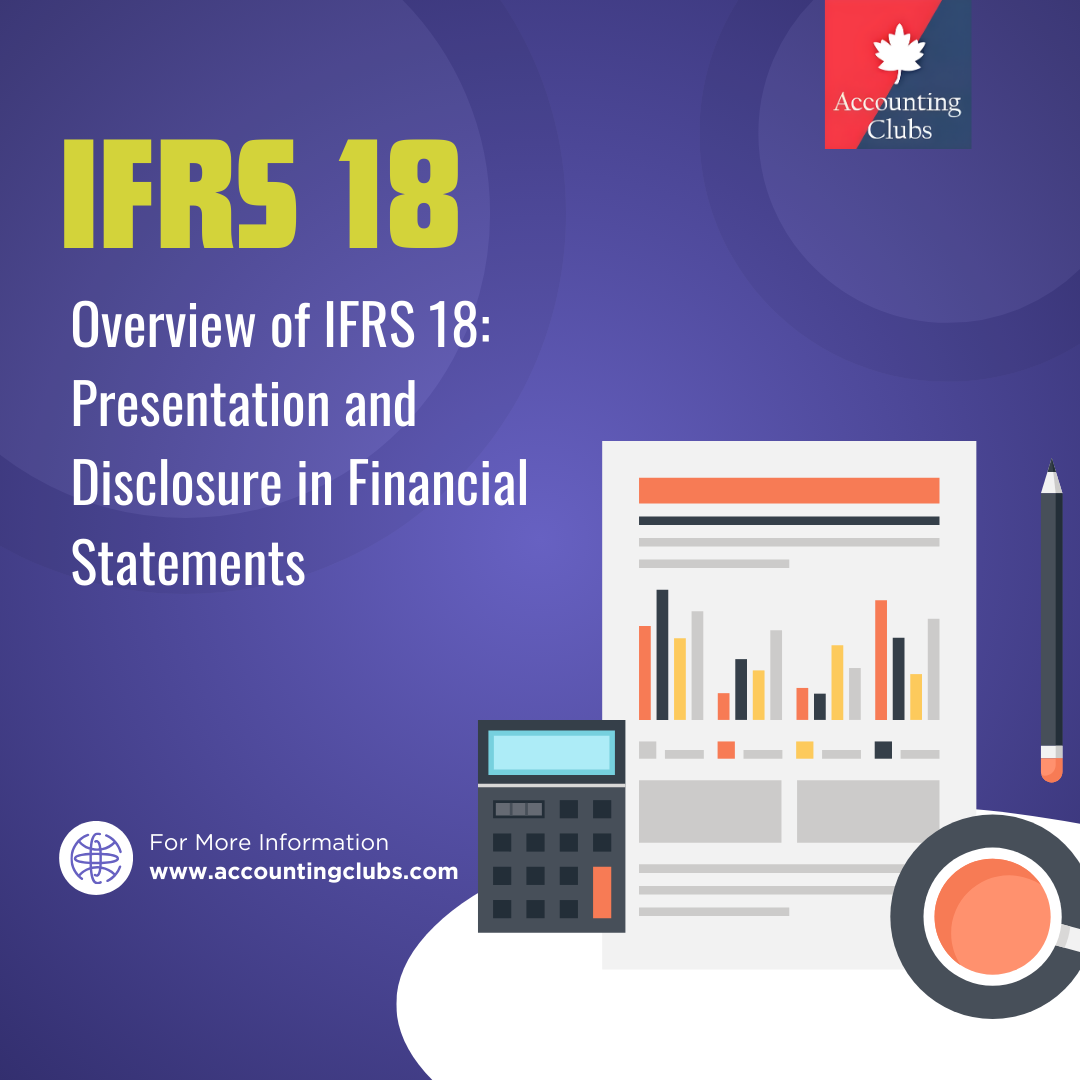Overview of IFRS 18: Presentation and Disclosure in Financial Statements

Previous post
The Evolution and Impact of the Equity Method in Modern Accounting Practices
July 25, 2024
Next post
Navigating the Offsetting Positions Exception: Unlocking the Power of Net Exposure Management
July 27, 2024



